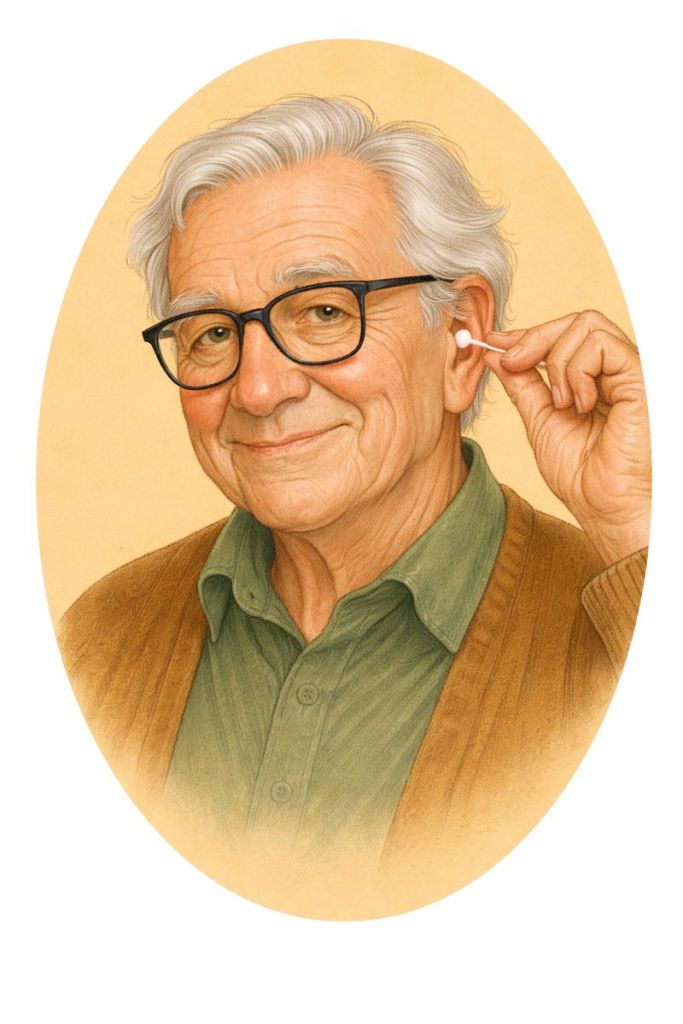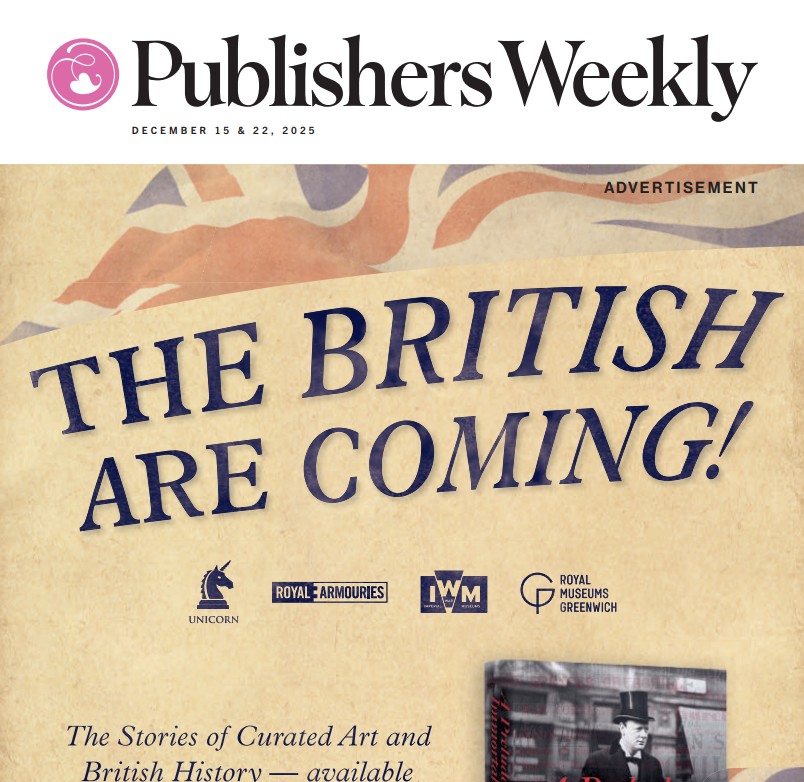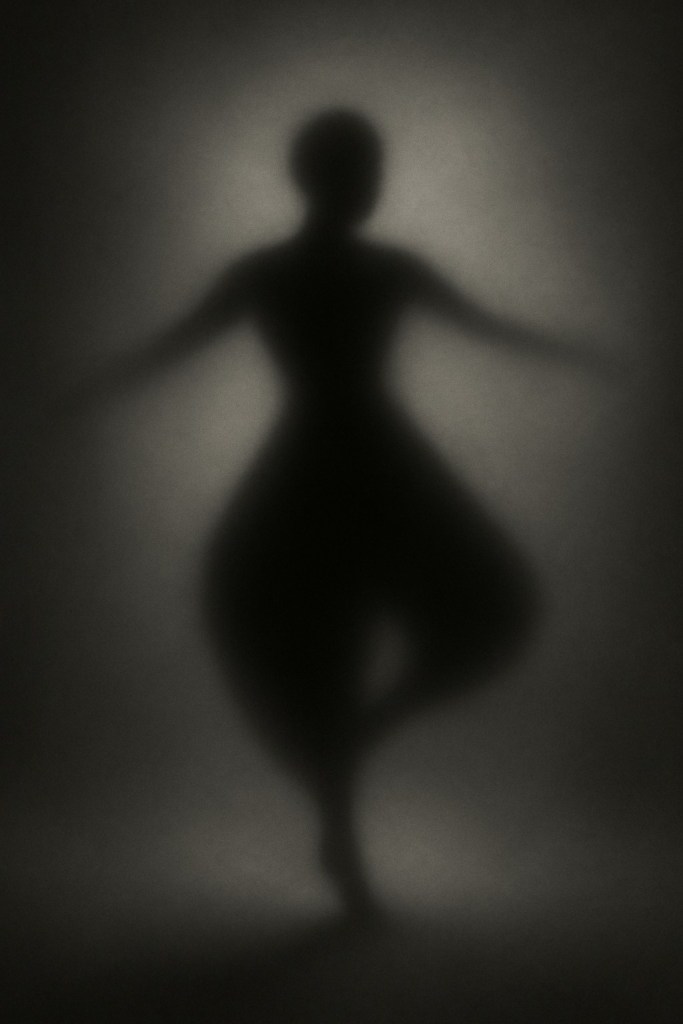“New ideas pass through three periods: it is ridiculed, it is opposed, and it is regarded as self-evident.” — Arthur Schopenhauer (1788–1860). German philosopher noted for his unsentimental view of progress and human behavior.
Epiphany! Of course! Tomorrow. One day away. But my mind keeps circling back to something that awakened me earlier, at the very start of December.
My fruitcakes, the last of the season, were in the oven. My kitchen was redolent with the aroma of butter and cinnamon and nutmeg and allspice and peach brandy. I was doing the cleanup of a gargantuan undertaking—fruitcakes that each weighed in at seven pounds, mind you—and I had two of them humming away in the oven. I started putting the mixer away, the hand mixer I used to turn the eggs into a proud, towering foam before folding them into the creamed butter and sugar. It was a choreography I had learned by muscle memory: beat, fold, lift, repeat, hope.
I looked at the hand mixer sitting on the countertop and could hardly believe what I saw. This poor old thing has been with me through decades of batter and holiday chaos, but apparently I had never actually looked at it with eyes as sharp as they were that day. Suddenly the vents and seams—those tiny nooks and crannies no one examines unless a guest baker is coming—were showing off little smudges of dried batter and a faint dusting of past Christmases. Nothing alarming, nothing unsanitary—just the honest residue of a well-loved tool that’s worked harder than most small appliances ever consent to. And I stood there wondering how on earth I had missed all that before.
Just as I was about to recover, I cast my eyes on the spoon rests—newer, used daily, and supposedly spotless because I wash them every single night. And yet, was that dust I saw? A faint constellation of tiny specks clinging to the cobalt glaze like stars that refused to set? My ordinary eyes never noticed a thing, but these new lenses seem determined to reveal every whisper of the world I’ve been breezing past. It’s not dirt. It’s not neglect. It’s just life—settling lightly, quietly, invisibly—until suddenly I was noticing more than I had bargained for.
Frankly, nothing in the kitchen escaped the spotlight.
That’s when it finally dawned on me: this wasn’t about cleanliness, or aging eyes, or domestic delusion. It was about wearing something new long enough for it to start teaching me how to look.
That “something new,” I realized, was my new Meta AI glasses. They’re ordinary enough at first glance. Dark frames. Familiar weight on the bridge of my nose. However, embedded in them is a quiet intelligence: a camera that sees what I see, microphones that listen, and a system capable of answering questions, identifying objects, translating text, and retrieving information without my ever reaching for a phone. They don’t replace my vision. They sit beside it, augmenting my attention rather than overpowering it. Impressive? Yes—but not seamless. Not yet.
In that moment, standing in my kitchen, I realized they’d already begun doing their real work—literally and metaphorically. They hadn’t changed the world overnight, but they had changed me: how closely I looked, how much I noticed, how quickly I drew conclusions. And if I’m honest, I wanted them to be everything to me right then and there. I wanted the future to arrive fully formed, yesterday. I wanted instant mastery, seamless magic, no friction at all.
Of course, great advances never work that way. Even these remarkable glasses come with limits, blind spots, and moments of awkward silence. They require setup. Patience. Practice. Updates. They demand that the human wearing them slow down long enough to learn how to use them well. And that’s when it struck me: what I was experiencing wasn’t disappointment. It was a learning curve.
And that, it turns out, is nothing new.
Every major human advance arrives this way. First, we notice it. Then we misunderstand it. We expect too much of it too quickly, and then—inevitably—we bump into its limits. Those limits can feel like failure, but history suggests otherwise. They are simply the cost of learning how to live with something new.
When humans first began cultivating crops and domesticating animals, the breakthrough wasn’t just agricultural—it was psychological. Trusting stillness over movement felt risky. Seeds didn’t always sprout. Weather didn’t always cooperate. Settling in one place meant betting survival on forces no one fully understood. Over time, though, farming reshaped daily life, social structures, and governance itself. The curve was steep, but what followed was surplus, stability, and civilization.
The printing press brought a different shock. Identical words, multiplied endlessly, unsettled centuries of authority built on scarcity and control. People feared heresy, misinformation, and the loss of trusted intermediaries. Literacy spread unevenly. Regulation lagged behind invention. And yet, once the dust settled, knowledge belonged to more people than ever before. Public discourse—messy, noisy, vital—was born.
Industrialization asked humans to relearn work itself. Machines didn’t just replace muscle; they redefined time. Clocks ruled lives. Cities grew faster than systems designed to protect the people who powered them. Fear followed—of accidents, exploitation, obsolescence. But so did labor laws, safety standards, and new ideas about rights and responsibility. The curve bent slowly, but it bent.
Even space exploration followed the same pattern. Leaving Earth wasn’t just a technical achievement. It was an existential one. Seeing our planet from orbit changed how we understood borders, fragility, and shared fate. Early failures were deadly. Political tensions ran high. But from that uncertainty came satellites, navigation systems, and weather forecasting. Today, those quiet technologies are woven so tightly into our daily lives that we forget they were once unimaginable.
The digital age repeated the pattern yet again. Invisible files. Disembodied conversations. A world “online” but nowhere in particular. We worried—rightly—about privacy, fraud, misinformation, and attention itself. Still, we learned. We adapted. We built guardrails, however imperfectly. Entire industries transformed, and daily life reshaped itself around screens and networks.
Seen this way, AI doesn’t stand apart from history. Instead it stands squarely within it. What feels different now is simply proximity. This time, the new tool touches something we assumed was uniquely ours: perception, judgment, cognition. No wonder the learning curve feels personal. No wonder I felt it standing there in my kitchen, staring at a hand mixer I thought I already knew.
The common denominator in every one of these moments isn’t the technology itself. It’s us. It’s our impatience, our hope, our tendency to expect the future to arrive fully baked, and our equally reliable ability to adapt once we slow down long enough to learn how to look again.
In reality, though, seeing clearly has always come with a price. But history suggests it also comes with a gift: the chance to notice what was already there—and to decide, deliberately, what to do next. With AI, that choice feels newly charged. The learning curve may follow a familiar pattern, but the pace does not. Our impatience is sharper. Our expectations louder. We want these systems to do more for us now—think better, decide faster, anticipate more—long before we’ve fully reckoned with what it means to share our cognitive space with machines.
Whether we name it or not, we are entering a moment of profound convergence. Tools no longer merely extend our hands; they begin to extend our judgment, our memory, our voice. This will unfold whether we welcome it or resist it. Choosing not to look will not slow it down. The real risk is not that we move too fast, but that we move forward without paying attention—without asking what is being gained, what is being lost, and who is being asked to adapt first.
And so I found myself back where I’d started—standing in my kitchen, my Meta AI glasses still resting on my nose, fruitcakes humming away in the oven, spice and brandy thick in the air. The mixer was wiped down. The spoon rests rinsed and set straight. Nothing dramatic had changed. The room was the same size. The work was the same work. But I was different, if only by a degree or two. Wearing something that asked me to see differently had taught me to pause before assuming I already knew what I was seeing.
That, I think, is what every learning curve ultimately asks of us. Not mastery on day one. Not perfection. But attention. A willingness to see more than we saw yesterday, and to accept that clarity often arrives before comfort—especially when the future is arriving faster than we expected.
As we enter the first full week of 2026, may we resist the urge to demand that the AI future hurry up and behave. May we recognize the wobble for what it is: not failure, but infancy. And may we remember that while we cannot stop this moment, we can choose how fully we inhabit it—eyes open, hands steady, and minds engaged.
Here’s to clearer sight, steadier hands, and the faith that, given time and care, we’ll learn how to use what AI offers us without surrendering what makes us human.










